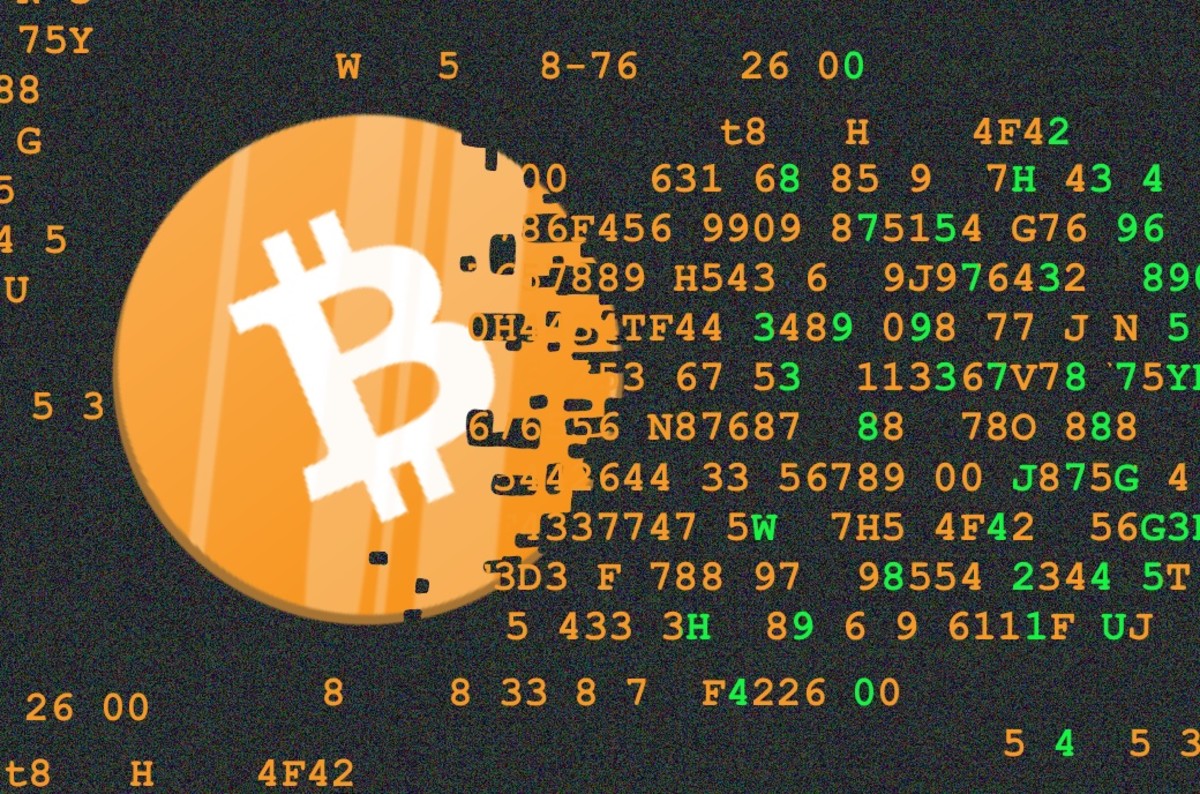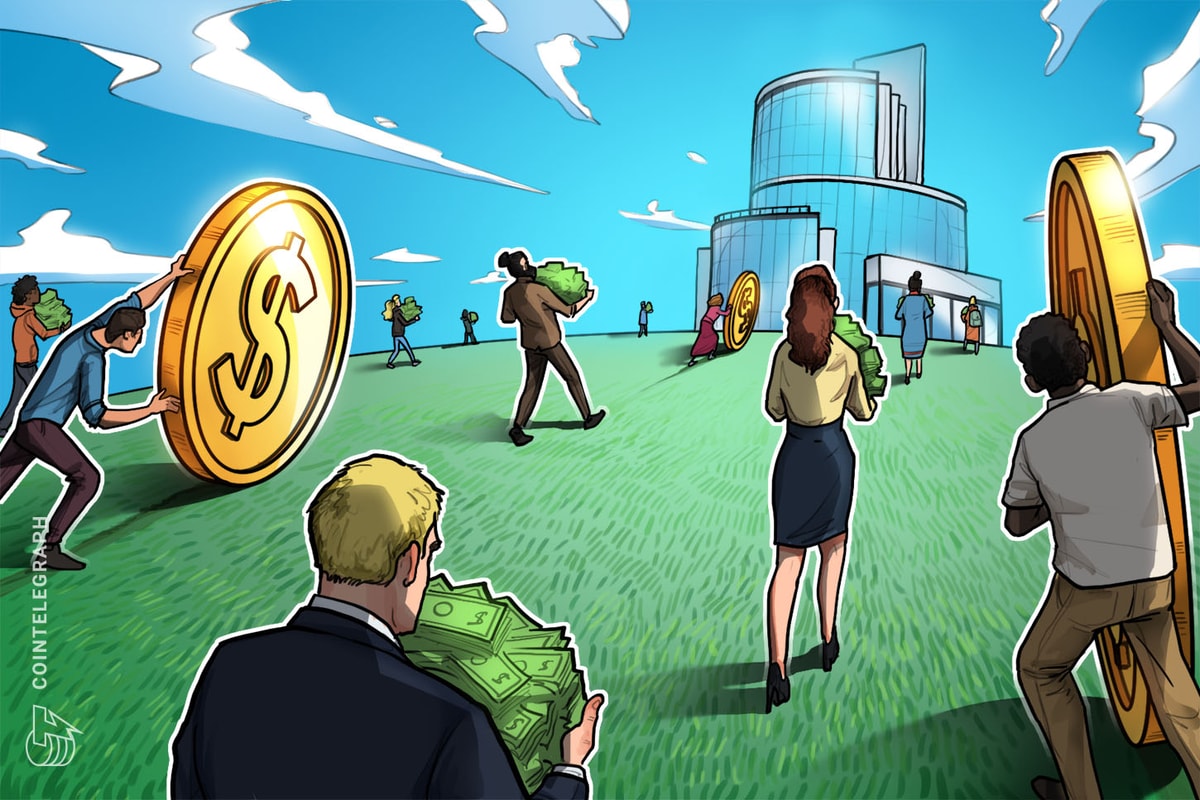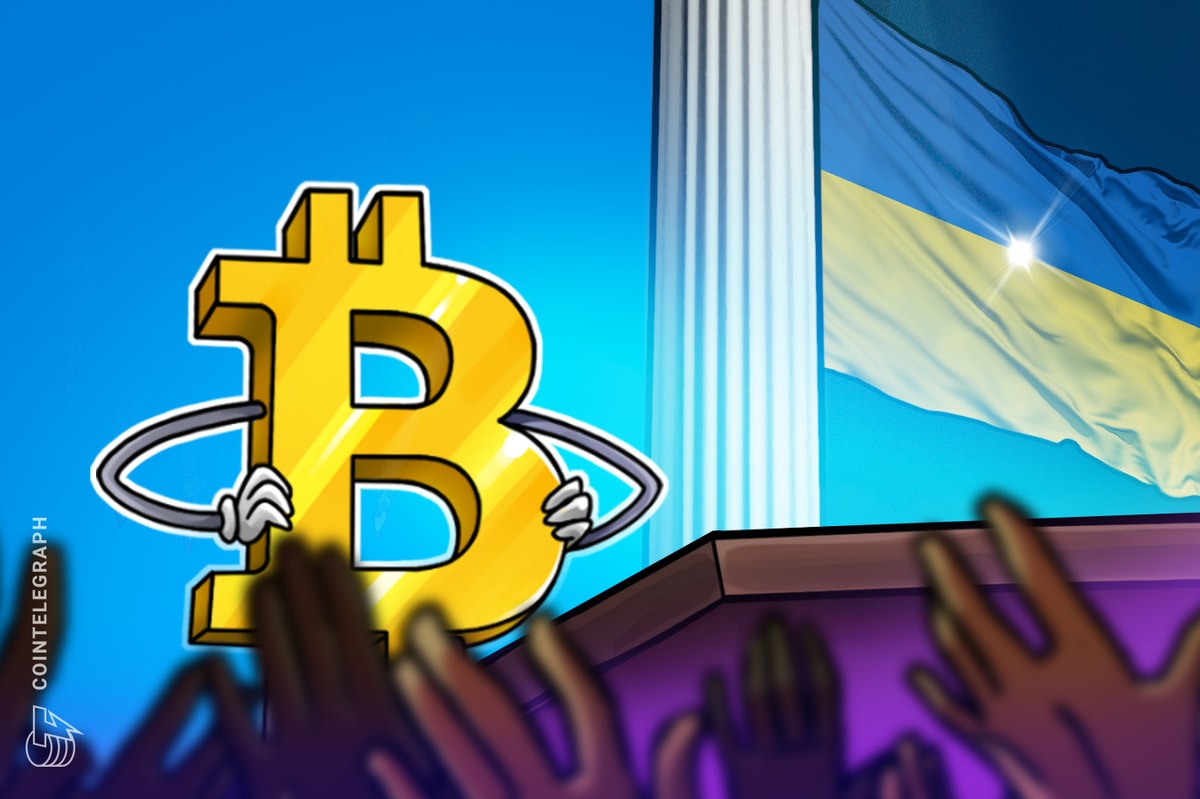Jack Dorsey’s popular financial company Square went through a recent rebrand and is now called Block. The move led one of its subsidiaries, Square Crypto, to also take up a fresh name. Now known as Spiral, Block’s Bitcoin company has set out on a well-defined mission: to advance Bitcoin toward worldwide use.
What’s In A Name?
In its rebranding statement, Spiral noted that its original name had never fit it well. The inclusion of its parent company’s former name within its own led people to believe the connection between the two was stronger than it actually was, and this caused confusion around Square Crypto’s independence. Furthermore, the presence of “crypto” misrepresented its mission, the company said, since it is focused solely on Bitcoin. Spiral also alludes to Bitcoin as it continues to grow “like a spiral from a single point, encompassing more and more space until it touches everything,” per a Square tweet.
Despite coming under the umbrella of Block, Spiral operates completely independently of its parent company. Jack Dorsey, the CEO of Block and ex-CEO of Twitter, has little direct control over Spiral. The company’s lead, Steve Lee, told Bitcoin Magazine in a recent interview that “Spiral decides how our team runs, what we work on, and how resources are spent,” not Block or Dorsey.
The Road To Adoption, Paved By Developers
Spiral’s sole goal is to enable Bitcoin to touch everything. Lee said that Spiral seeks to accelerate the adoption of Bitcoin by facilitating the work of developers building applications that interact with the monetary network. Ultimately, he explained, that can lead to better experiences for the end user — an essential factor for reaching high adoption rates.
“Spiral can accelerate adoption by creating development tools and infrastructure which make it easier for people to build better user experiences, make the network more secure, access better tools, and increase privacy,” Lee said.
Even among those who are relatively open to adopting it, bitcoin is seen by many as solely digital gold, an enhanced version of the world’s most sought-after metal that can be sent and received through the internet while retaining its owner’s purchasing power. But many Bitcoiners disagree with that limited view and instead envision the peer-to-peer asset being scaled in a layered approach to become a worldwide currency, something Spiral also believes in and is dedicated to helping Bitcoin achieve through the Lightning Network.
“Our long-term goal is to make bitcoin a useful everyday currency for people around the world,” Lee said. “Adoption of bitcoin naturally starts with ownership, but the endpoint is daily use as a currency.”
By developing libraries and tools to help developers implement Bitcoin and Lightning functionality to their apps, Spiral hopes it can make bitcoin’s use as currency more feasible for people around the world. That is already a reality in places like El Salvador, but in many others, citizens still struggle to leverage Lightning as a proper scaling tool, an issue that might be rooted in the technology’s implementation.
“Almost every Lightning wallet and application needs its own customizations to nail the user experience,” Lee said. “Historically, it hasn’t been a developer-friendly process, and it’s a problem for mobile applications in particular because they tend to need more customization. It’s harder to deliver the UX people expect on mobile in terms of privacy, security and performance.”
This problem has prompted the company to work on a development kit for Lightning, LDK, which takes care of the more difficult aspects of the technology and frees developers’ bandwidth to focus on the end user’s experience.
“With LDK, developers don’t have to modify the underlying Lightning network implementation, and they don’t need to familiarize themselves with a different programming language or be experts on the Lightning protocol,” Lee said.
LDK abstracts low-level concepts of Lightning development to enable easier integration of Bitcoin’s scaling protocol. By abstracting the networking and database interfaces, for instance, LDK allows developers to run LDK inside a browser that requires WebSockets and to enjoy more flexibility when it comes to storing and managing Lightning state data.
“LDK even allows developers to provide their own custom peer scoring, customize the payment preimage generation and create custom channel scripts,” Lee added.
A scaling technology is dependent on a reliable and effective base layer. Besides its work on Lightning, Spiral also is devising a development kit geared toward Bitcoin’s base layer, the Bitcoin Development Kit.
“BDK is very similar in concept to LDK — it can be thought of as a sibling project,” Lee explained. “BDK helps developers build the on-chain portions of a wallet, while LDK focuses on Layer 2. The combination of BDK and LDK makes any wallet intended to scale to millions of users dramatically easier to build.”
Building In The Future
Something that is easier to build also can in theory be more easily tested and patched. Part of Spiral’s focus lies in helping make that a reality, and the company intends to double the number of full-time developers working with them next year to achieve that goal.
Another facet of Spiral’s mission and work relates to funding other open-source Bitcoin projects. Spiral’s grant program was designed to empower developers, designers, and other contributors with the resources they need to improve Bitcoin’s privacy, security, UX and ability to scale, according to Lee. Anyone interested in being paid to work on Bitcoin full time can apply to do so on Spiral's website.
In addition to making tangible, direct contributions to the Bitcoin ecosystem, Spiral also hopes to inspire similar organizations to be born and further add to the open-source mission.
“In ten years, we hope to have inspired ten more like us, with their own flavor and style, contributing to open-source Bitcoin development,” Lee said.











